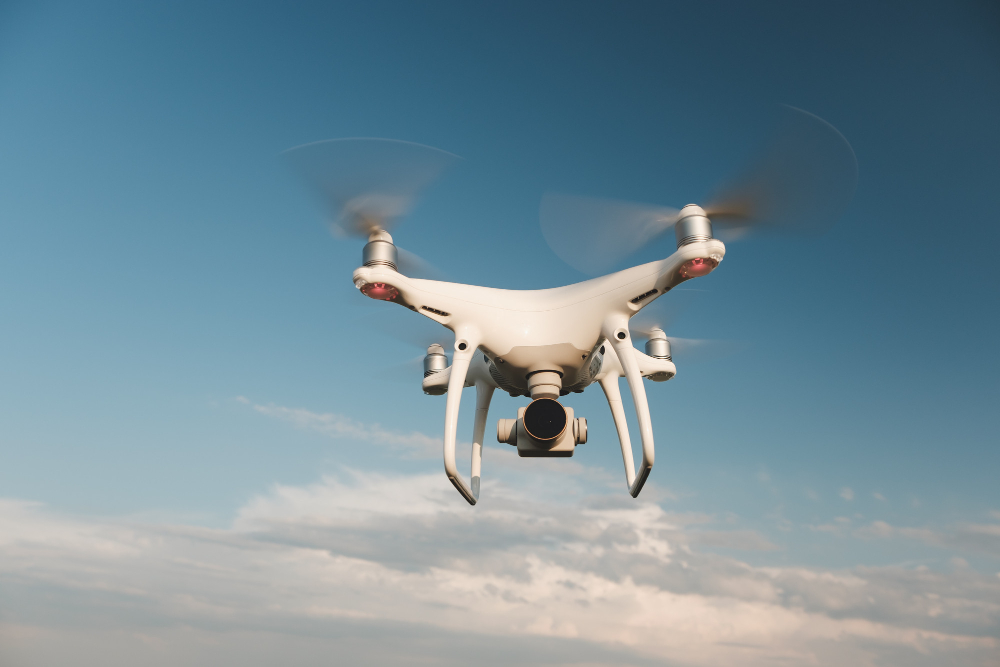In an era where drones are becoming increasingly ubiquitous, the need for robust drone detection systems at sensitive industrial sites has never been more critical. These facilities, ranging from power plants to chemical factories, require specialized surveillance to mitigate potential threats and ensure operational safety. This article explores the customization of drone detection systems, including drone detection radar, drone detection equipment, and drone detection and tracking technologies, tailored specifically for the unique needs of sensitive industrial environments.
The first step in customizing drone detection systems for sensitive industrial sites involves a thorough assessment of the potential threats. Unauthorized drones can pose risks such as espionage, sabotage, and accidental collisions. Understanding the specific threats to a facility helps in designing a detection system that addresses those concerns effectively.
Drone detection radar is a cornerstone technology for identifying unauthorized UAVs (Unmanned Aerial Vehicles) in the vicinity of sensitive sites. Customizing radar systems to cover the unique topography and layout of an industrial facility ensures that all potential entry points are monitored. Adjustments in the radar’s sensitivity, range, and detection algorithms can help in distinguishing between potential threats and benign objects, reducing false alarms.
Customization extends to the selection and deployment of drone detection equipment. This includes not only radars but also acoustic sensors, RF (Radio Frequency) scanners, and optical tracking systems. Each technology has its strengths, and a customized approach often involves integrating multiple types of equipment to create a comprehensive detection net. For instance, acoustic sensors can be effective in areas where radar effectiveness is limited by obstacles, while optical systems can provide visual confirmation of detected drones.
Effective drone detection and tracking require a system that not only identifies drones but also follows their movement in real-time. Customizing this aspect involves setting up a coordinated network of sensors and cameras that can keep the drone in sight, even in complex industrial environments. This capability is crucial for assessing the threat level of a detected drone and determining the appropriate response.
Once a drone is detected and assessed as a threat, the next step is neutralizing it. Customizing drone detection systems for sensitive sites often includes integrating countermeasures such as jamming devices that can disable the drone or take over its control, nets, or even interceptor drones. The choice of countermeasures depends on the legal framework and the level of threat posed by unauthorized drones.
Customizing drone detection systems for sensitive industrial sites is a multifaceted process that requires a deep understanding of the potential threats, the site’s specific characteristics, and the available detection and neutralization technologies. By tailoring drone detection radar, equipment, and tracking systems to the unique needs of these facilities, it’s possible to create a robust defense against unauthorized drones. As drone technology continues to evolve, so too will the strategies for their detection and neutralization, ensuring that sensitive sites remain protected against emerging aerial threats.
EXATIMES is at the forefront of developing and implementing customized drone detection solutions for industrial and sensitive sites. Our commitment to innovation and security ensures that our clients are equipped with the most advanced and effective systems to protect their operations from unauthorized drones.
